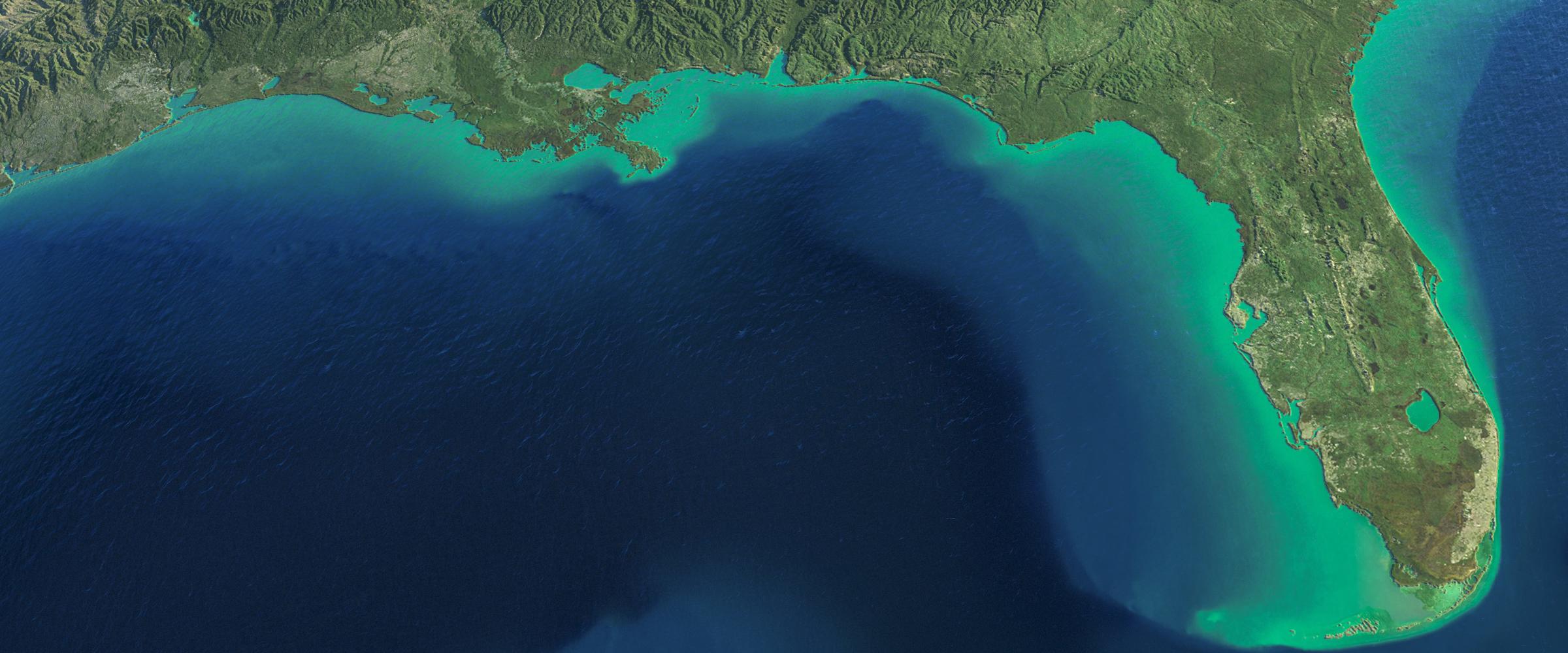An important means of building resiliency in Florida is to protect the wildlands that recharge our drinking water, provide habitat for our wildlife, and support our quality of life. While Audubon works hard to restore state funding to our historic land conservation program, Florida Forever, the program is just a name. The real reason we work so hard to see land conservation funded is described on this page by our Regional Conservation Committees, Audubon chapters who have come together to identify the special places vulnerable to development and available for protection if funding is appropriated.
To learn more about Florida Forever, the projects below and others like them near you, click here.
Northwest Florida
Protecting the Upper Apalachicola River Ecosystem is critical to protecting rare and endangered species. This project encompasses 37,895 acres along both sides of the Apalachicola River’s floodplain, filling nearly all the gaps among the many existing conservation lands and projects that have been established through decades of conservation efforts. Together, these lands harbor more plant and animal species and more endemic species than any other area the same size in Florida and are home to more than 100 rare and endangered species.
Gulf Coast
Completion of the Lake Wales Ridge (LWR) Ecosystem rank high on the Critical Natural Lands list and are a top land conservation priority for the Gulf Coast region. Fragile, ancient scrub ecosystems provide character, biodiversity, and opportunity to study the iconic Florida Scrub-jay and over 21 species of federally listed plant species. The Florida Scrub-jay is Florida’s only endemic bird. The purchase of roughly 25,000 acres in Lake, Osceola, Polk and Highlands Counties would complete the Lake Wales Ridge project.
Southwest Florida
In the Southwest Florida region, the 68,000 acre Corkscrew Regional Ecosystem Watershed (CREW) project would protect and save some of Florida’s most important wetlands. The CREW project provides natural flood protection, recharges the aquifer for the region’s drinking water supply, and gives vital habitat for a large portion of the Western Everglades, with Audubon’s Corkscrew Swamp Sanctuary at its heart. As development in the region grows, protecting the remaining parcels in the watershed is critical.
Northeast Florida
The Etoniah/Cross Florida Greenway Project is a highly ranked Critical Natural Lands project. This project would support many rare habitats and endangered species, and form an important part of the Ocala to Osceola wildlife corridor. Habitats include high-quality scrub, sandhill, and a white cedar swamp that help support many rare plants and animals including the Etoniah Rosemary, Fox Squirrel, and Indigo Snake. It also provides improved recreation for the area in addition to its diverse and robust conservation values.
Central Florida
Lenholt Farm and the Conlin Lake X/Kirchman Tract are top priorities for Central Florida. These two projects would fill in the missing pieces of two larger conservation corridors. Lenholt Farm would link the Ocala National Forest with Wekiva River conservation lands. The Conlin Lake X/Kirchman Tract is 11,000 pristine acres at the headwaters of the Econlockhatchee and Kissimmee rivers. Connecting conservation lands helps ensure that wildlife has sufficient space to establish territories away from the dangers of development and highways.
Indian River Lagoon
The Indian River Lagoon Blueway is a group of 36 potential conservation acquisitions spread along the entire 150-mile length of the lagoon and representing five counties. The lagoon struggles with numerous water quality and human development challenges. This project will protect remaining marine tidal marsh and maritime hammocks and scrub along its edges to protect the shoreline and lagoon itself. Migratory and resident birdlife, along with people, will greatly benefit.
America’s Everglades
In southern Miami-Dade County, along a limestone ridge east of America’s Everglades, lies the remaining tiny fragments of subtropical hardwood hammocks and pine rockland forests unique in the United States. Pine rocklands contain the highest plant diversity of any habitat in Florida and support endemic species like the endangered Miami Tiger Beetle, yet only two percent of this imperiled ecosystem remains. The Dade County Archipelago project will protect the best remaining examples of hammocks and rockland forests, saving a rich piece of our natural heritage.




